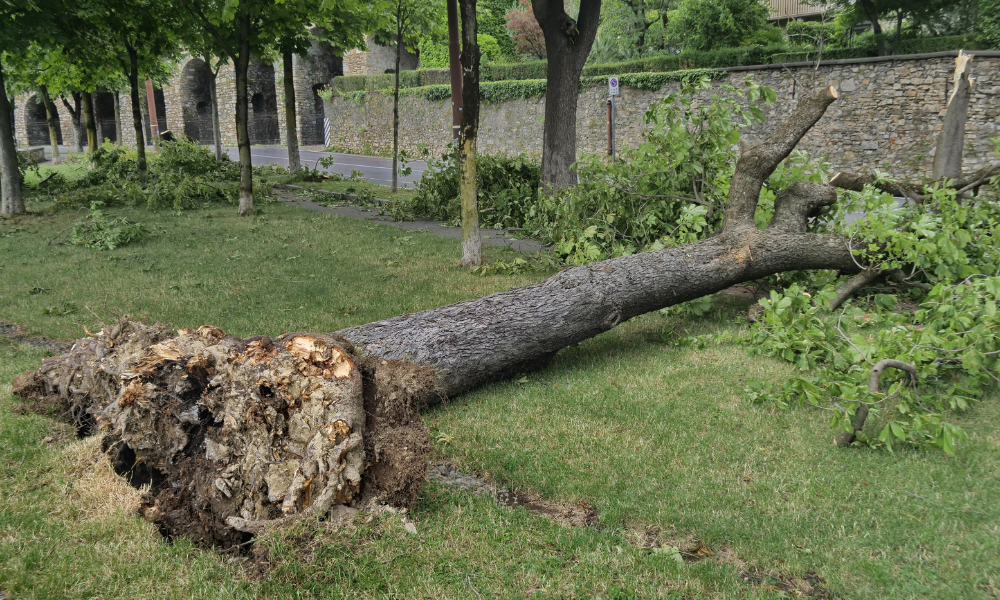Simple steps to ensure worker safety around electrical equipment

In Ontario, from 2008 to 2017, 33 workers died from electrocution or by the effects of electrical burns on the job according to the Canadian Centre for Occupational Health and Safety (CCOHS) – these numbers cover non-intentional death caused by contact with electricity.
Though these numbers may be worrying, things are slowly starting to change. According to the 2019 Ontario Electrical Safety Report the five-year rolling average rate of occupational electrical-related fatalities per labour force has decreased 24 per cent when comparing 2010-2014 to 2015-2019.
While these numbers are focused on Ontario, similar statistics can be found in other provinces. And though there is some encouragement, workplaces and safety professionals shouldn’t drop the ball. Here are 11 easy ways to prevent electrocution accidents at work.
Avoid working near electric lines if possible. This may be inevitable, as some construction or utility workers may be brought to work near utility lines. Digging or working around these cables can be a substantial hazard. This is why workplaces need to ensure that workers in these situations know exactly where these lines are and avoid working too close them if possible. And as a precaution it is always a good idea to keep non-essential personnel away from these areas.
Use well-insulated cables. Quite simply, use the right type of cable. Workplaces should make sure that they are using lines which are thick and resilient. And old cables can sustain wear and tear so their insulation can wear or even break down. This is why frequent inspections are important and old lines should be changed out when necessary.
Use conduits to protect the cables. To the previous point, basic insulation may not be enough, and workplaces may need to enhance safety by investing in protective conduits to ensure worker safety.
Ensure that all equipment is grounded to avoid electric shock. Properly grounding any electrical instrument helps create a low-resistance path which connects to the earth, says SafetyLine on its website. This will help in preventing the build-up of voltages which may cause an unnecessary accident.
Disconnect or turn-off machines if not in use. If a machine is not being used, the safest thing may simply be to turn it off, and/or install adequate lockout/tagout measures to further protect workers from hazards such as electric shocks.
Do not plug two extension cords together. Safety should always be top of mind when handling extension cords. Unless you are a qualified electrician, you should not be handling equipment that could be dangerous. In this case, do not plug two extension cords together as this could be a substantial risk to the worker.
Do not nail extension cords. And further to the previous point, do not nail extension cords to another surface. Again, this creates unnecessary safety hazards. Like any risky electrical equipment, extension cords should be properly handled.
Never work in wet conditions. Most people should know by now that water greatly enhances the risk of electrocution. It is best to not work in wet conditions, to keep any electrical equipment out of the way of wet surfaces or wet locations, and to avoid handling electrical equipment with wet or damp hands.
Ensure circuit protection. SafetyLine says that circuit protection devices should be used as they can limit or even stop the current flow in the event of a short circuit, ground fault or overload. This includes devices such as circuit breakers, fuses and arc-fault circuit interrupters.
Do not overload the socket. This may seem like common sense but it always bears repeating. Do not overload sockets. Use a power board if need be for multiple connections.
Cleaning and maintaining work area. As a general rule, employers and OHS professionals should ensure that the workspace is clean and properly maintained at all times to avoid any unnecessary hazards or accidents.





